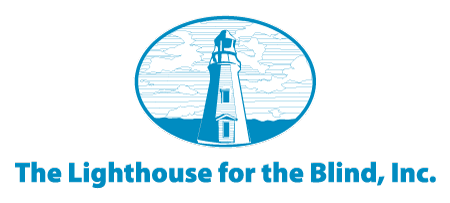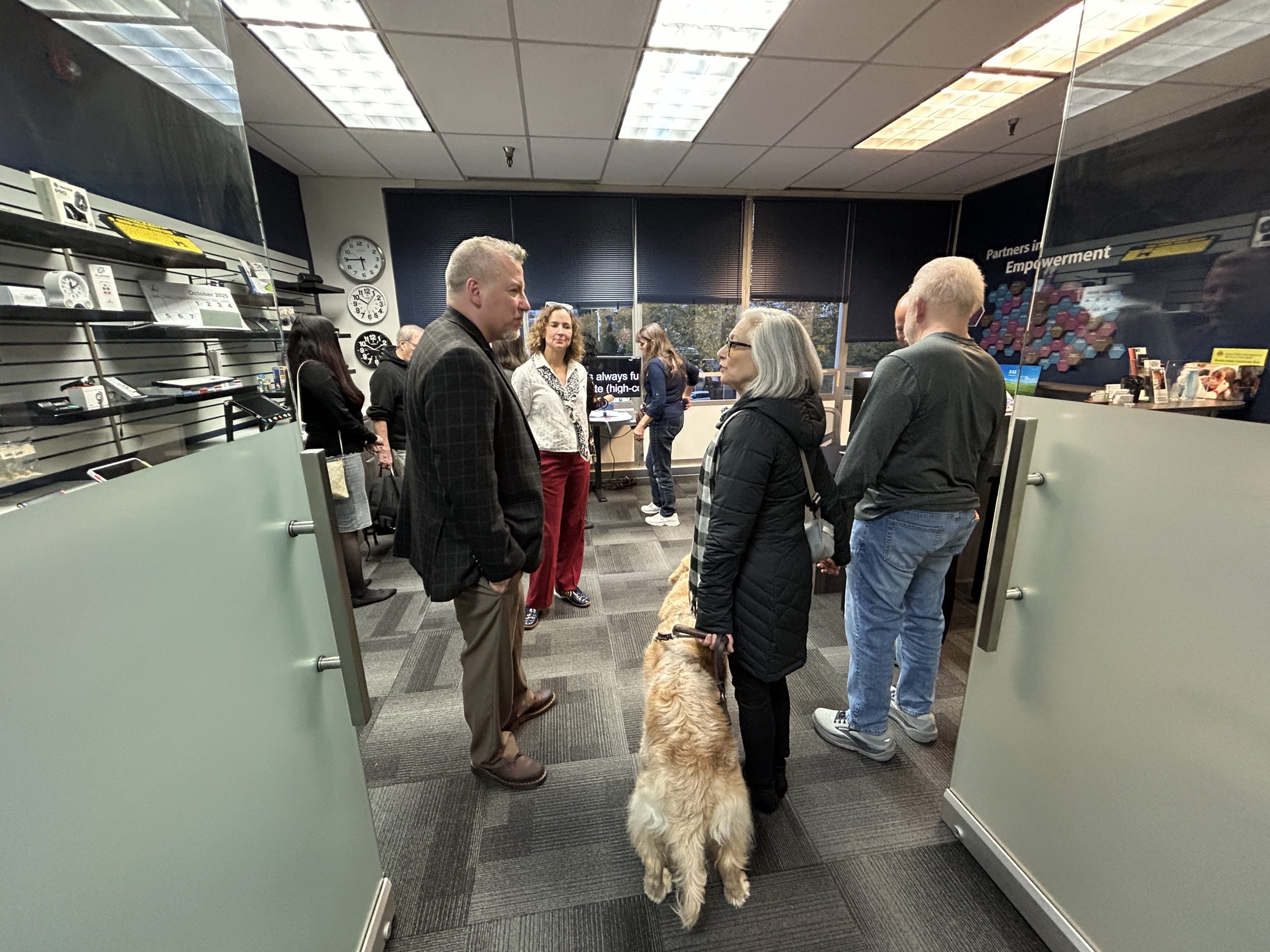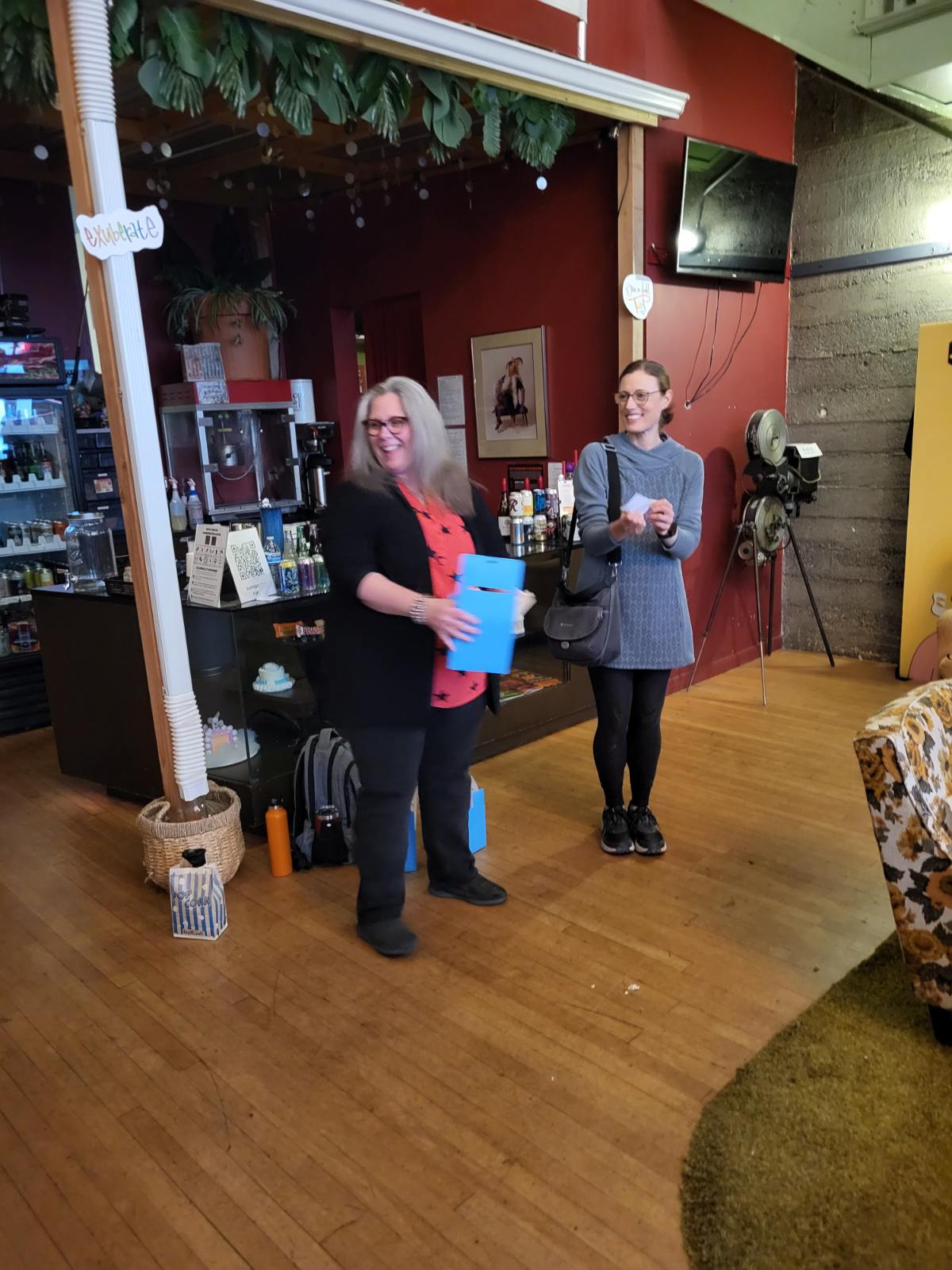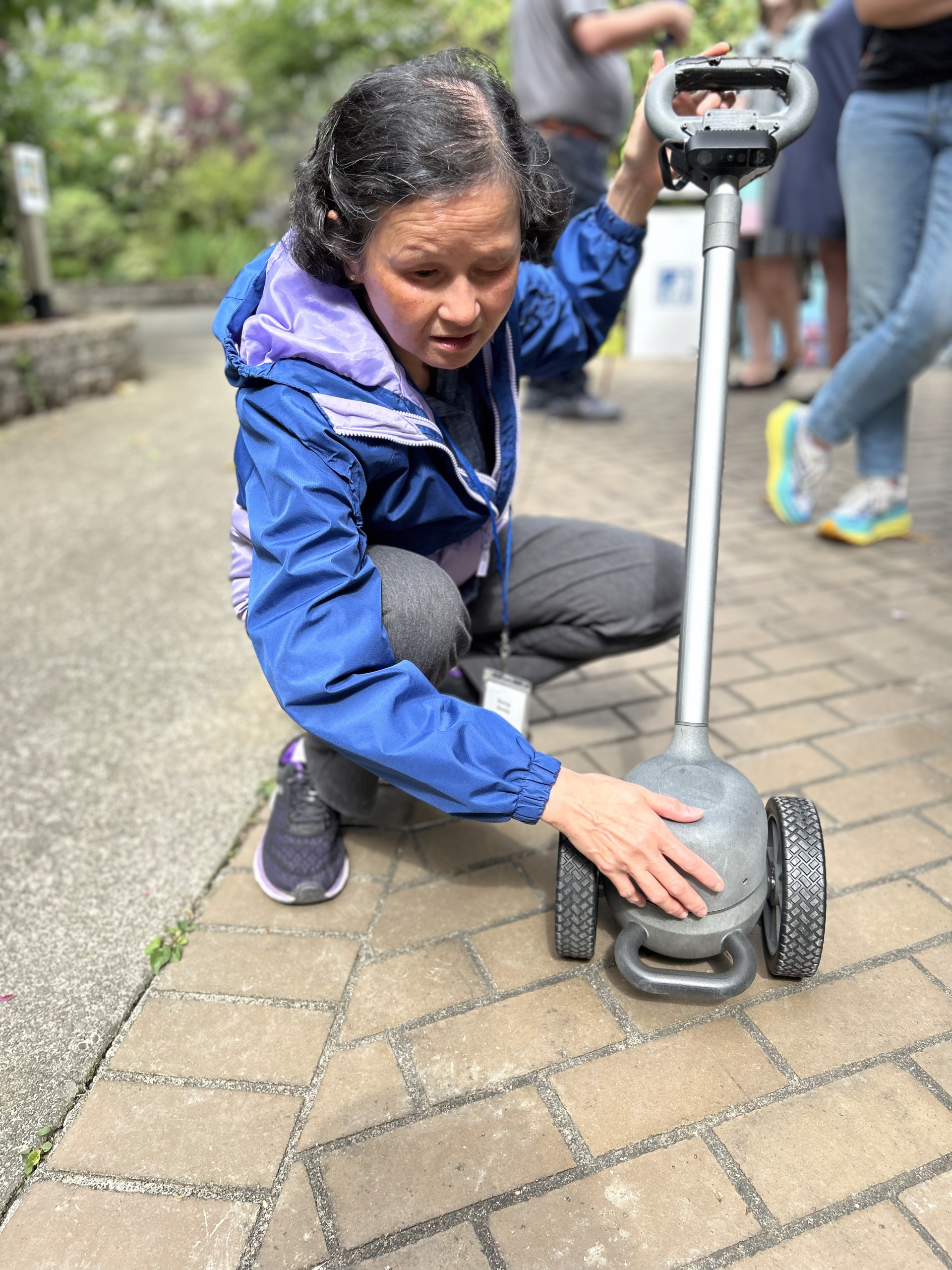How Lighting Affects Vision
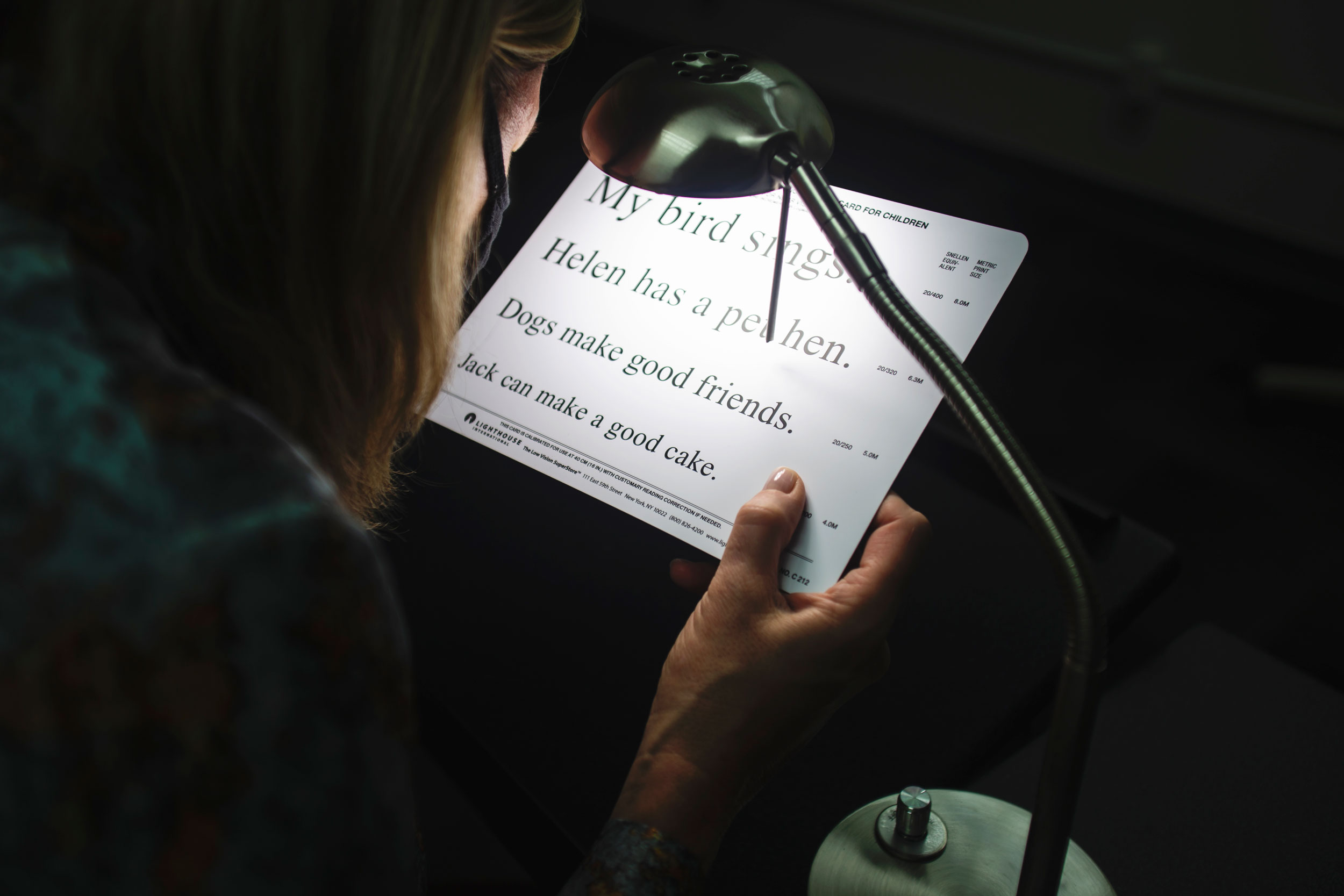
For many who experience low vision, they know first hand how much lighting affects vision. Lighting can make a huge difference in day to day tasks. There are many types of lighting choices available. Each lighting type has its positive and negative features. It is important to consider all your options when learning to adapt to and live with the challenges of low vision.
Finding the right light for you is most important. What works for one person may not work for another.
Two Main Categories of Lighting
Ambient or Overhead Lighting
This type of lighting illuminates an entire space or room.
Task Lighting
Task lighting is a focused light used for specific activities such as reading, writing, crafting, cooking and personal care.
Comparison between various types of light bulbs on black background.
Types of Lighting
Incandescent
A warm, yellow light commonly used as a light bulb for a light fixture, desk or table lamp.
Fluorescent
A tube light, which gives off an even white light. Very inexpensive and is often used in public places. Fluorescent light can be harsh due to brightness and may flicker, causing eye strain.
Halogen
The brightest and whitest light, it provides excellent contrast. Halogen lighting works best when a high level of illumination is needed. However, the bulb burns very hot and can pose a fire hazard if caution is not taken. Because of this, never leave a halogen light on unattended. Make sure it is not used near flammable materials such as curtains and draperies.
LED
A newer technology for lighting, LED (or light emitting diode) lights are long lasting, extremely energy efficient, and are great for task lighting. They provide directional lighting and are often used in flashlights, magnifiers and under-counter lighting in kitchens.
Full Spectrum
Full spectrum light is the closest to actual sunlight. Just as the name implies, it covers the entire range of colors. However, full spectrum light does not have a UV filter and use fluorescent tubes. Some people do not find this type of light bright enough.
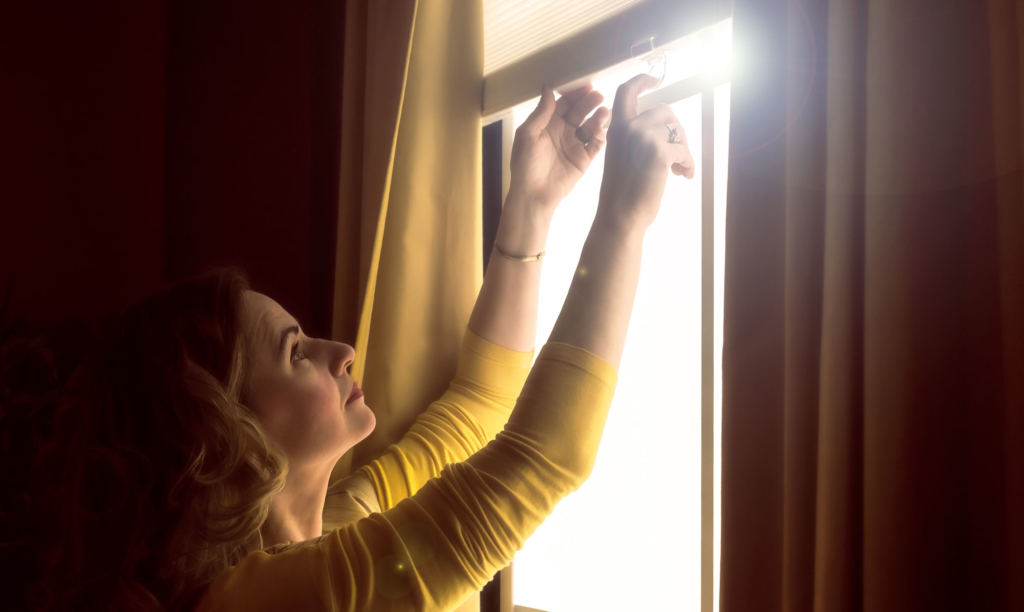
An image of a woman pulling down window blinds.
Addressing Glare
Glare is often a major obstacle for individuals with low vision.
To help reduce glare when reading or writing, make sure that your task lighting source has a shade and arm that you can adjust. You can reduce the glare several ways if you have a natural light source, such as sun coming in your window. Blinds, shades or a sheer curtain can provide the softer light you need. Remember to always position your chair and table to avoid looking directly at the light coming through the window.
Blue light waves are given off by sunlight, fluorescent and full spectrum lighting. Sunglasses or reading glasses that are tinted with an amber color may help reduce the glare resulting from lighting that emits blue light waves. Tinted lenses for your glasses are a good solution to help reduce glare, especially if the light is reflecting from a flat surface, such as a book, newspaper, magazine or table.

An elderly woman with grey hair is sitting at a desk with a book in front of her and a lamp glowing on the desk next to her.
Lighting Tips
Utilize general lighting to provide illumination throughout your room coupled with additional task lighting near your activity. Good general lighting will help eliminate shadows and task lighting will provide ample lighting for your activity.
Move lamps close to your work surface. An adjustable lamp can be maneuvered to the side of your activity to help avoid glare. If you are writing, place the lamp on the opposite side of your writing hand, e.g. right-handers place the light on your left and left-handers place the light on your right.
If lighting is used for reading and one eye sees better than the other, position the light on the side of the better seeing eye. Adjust the light to make sure there are no shadows or reflections off the page.
Wear a hat with a brim or visor to help limit the amount of light that enters the eye from above to help reduce glare.
You may need to experiment with various types and levels of light to find the combination that provides the most comfort and best performance for your unique needs. If you are experiencing many challenges with glare or lighting in your home, discuss your lighting needs with your low vision specialist.
For more information on living with vision loss, read about the services offered by Lighthouse Low Vision Services on our webpage or contact Lighthouse Low Vision Services at: (206) 436-2154
